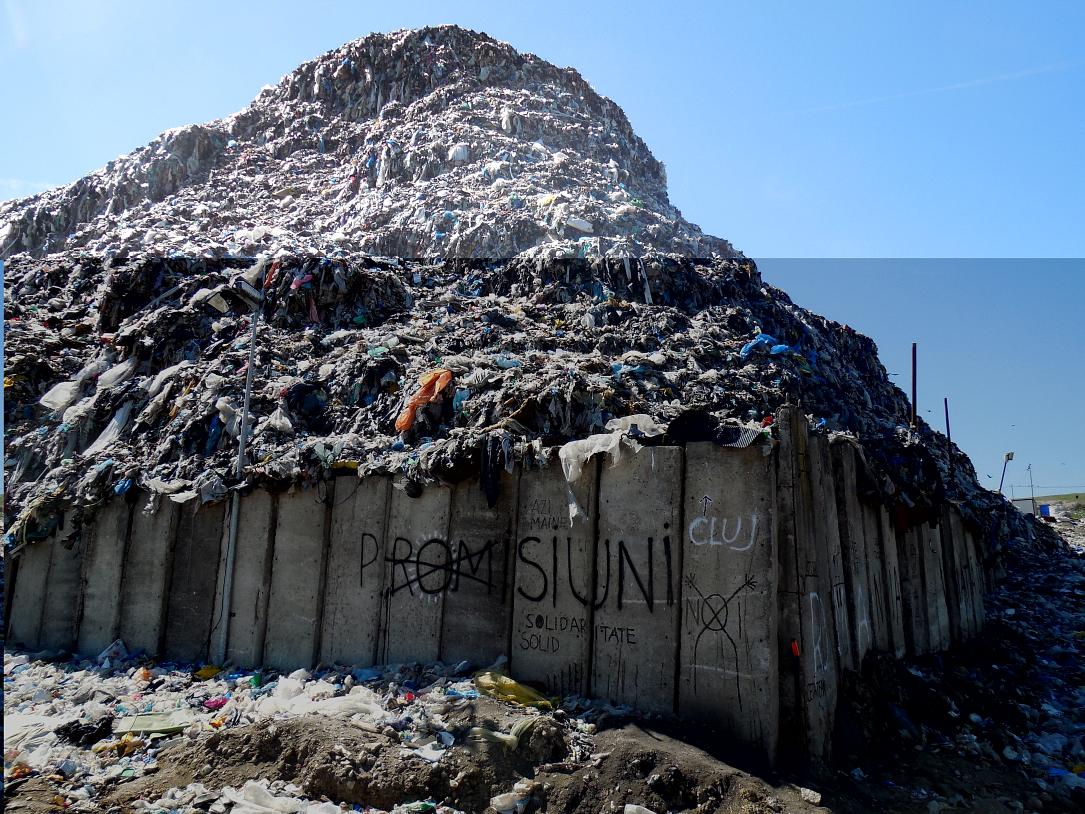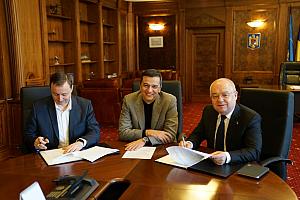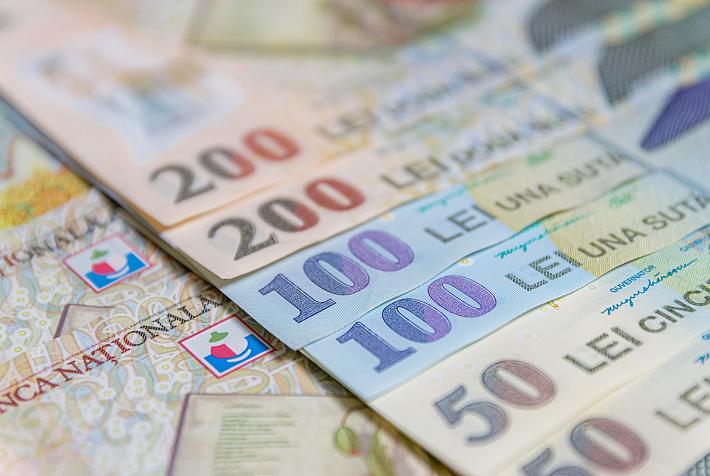Cluj-Napoca mayor under fire for “neglecting promises” over EUR 2 bln real estate project at Pata Rât ghetto

The Transylvania Smart City is an ambitious project worth over EUR 2 billion developed close to the Pata Rât ghetto of Cluj-Napoca. Consisting of over 12,000 apartments alongside dozens of commercial, medical, and educational services, and even a 100.000 sqm shopping center, the smart city is a dreamy utopian project that further propels the image of Cluj, the Romanian city that equates itself to a lot of western capitals out there. The highest technology with the highest standard of living.
However, what seems like a next-level city for its future inhabitants is a juxtaposition of what the current residents are facing. It started in 2015 in the city’s outskirts at Pata Rât, in the vicinity of the massive garbage dump where also over 1,500 residents (per National Legal Resource Center’s 2019 data), mostly from Roma ethnicity, were segregated in a social bubble in one of the country’s largest ghettos. They live under poor condition of sanitary and are in constant danger of diseases due to being located near the toxic waste landfill.
In an open letter dated December 15 and signed by the Association of Sustainable Organized Society, the Community Association of Roma, Căși sociale ACUM!, and more, the Cluj society demands transparency from mayor Emil Boc and all the real estate investors of the project. They also ask, among other things, for a concrete strategy related to the people who live in Pata Rât.
They further call for a protest action this Saturday (December 17) at 19.30 at the corner of St. Barițiu with Emil Isac and then march to the City Hall.
The open letter reads:
“We, the signatories of this open letter, believe that the design of a future neighborhood of EUR 2 billion with thousands of apartments, hospitals, university campus, mall, etc. cannot fail to take into account the realities existing in the marginalized urban area of Pata Rât and the situation of its current inhabitants.
Unfortunately, Cluj-Napoca increasingly resembles an advertising brochure, with promises and illusions that take the place of a coherent urban development and put at the service of the interests of the many. It is difficult to imagine the level of imbalance in which Austrian citizens will come to be treated in the new hospital in Pata Rât, as proposed in an advertising clip by real estate developers, while the current residents do not even have a sanitary point in the area.
Before projects that "will" be done in Cluj, such as the metro, the metropolitan belt, the navigable Someș, etc., the reality of the marginalization and precariousness faced by the residents of the Pata Rât ghetto, the need to desegregate the area and ensure living conditions should be addressed decently for disadvantaged and vulnerable citizens. And there are not a few...
The current residents of Pata Rât are the ones who for several decades worked for a cleaner Cluj and recycled tons of reusable material. The effects of exposure to pollution from Pata Rât are felt by both adults and children. Families should be supported to move to other suitable areas of the city and to access health services that mitigate the consequences of living near the landfill.
There are housing and environmental public policies decades overdue, which should be implemented even in the absence of this real estate project. Even more so if several tens of thousands of people are expected to move to Pata Rât, as real estate developers hope. Since the area will be completely greened and suitable for living, maybe some of the old/current residents of Pata Rât will want to continue living there, in improved conditions, becoming neighbors with the new tenants of the Transilvania Smart City project.
Before we link the first phase of the real estate project to the election year 2024 and the documentary attestation of the locality in 124 to mark the supposed relevance of the investment, as stated in the latest advertising clip, we must take into account the reality of forced evictions and the marking on December 17, 2022 of 12 years since the 2010 forced evacuationof over 350 people, most of them Roma, from Coastei Street in Pata Rât.
We express our concern that the public administration of the municipality will forcefully evict the residents of Pata Rât again at the request of real estate investors with foreign and local capital. Up to this point, no concrete plan for the desegregation of Pata Rât has been presented, despite mayor Emil Boc's public commitment to make the ghetto disappear by the end of the decade. We request mayor Emil Boc, two years after the entry into force of the new SIDU, to publicly present the concrete stages of the desegregation strategy, at the end of which it is anticipated that there will be no more marginalized communities in Cluj-Napoca.
There is a risk that the residents who will remain in Pata Rât will be excluded from the new neighborhood and its infrastructure facilities because there is no coordination between civil society, administration, and the business environment, and the communities of Pata Rât have not been consulted. Local development should include all communities in the area, not just the future "gated community".
Cluj residents from Pata Rât, 1,500 citizens, are completely ignored both by the City Hall and by real estate developers when discussing this real estate project. Their representatives have requested many times, in vain, to be consulted on the plans of the local public administration regarding the Pata Rât area and its inhabitants.”
(Photo source: Societatea Organizată Sustenabil SOS)













